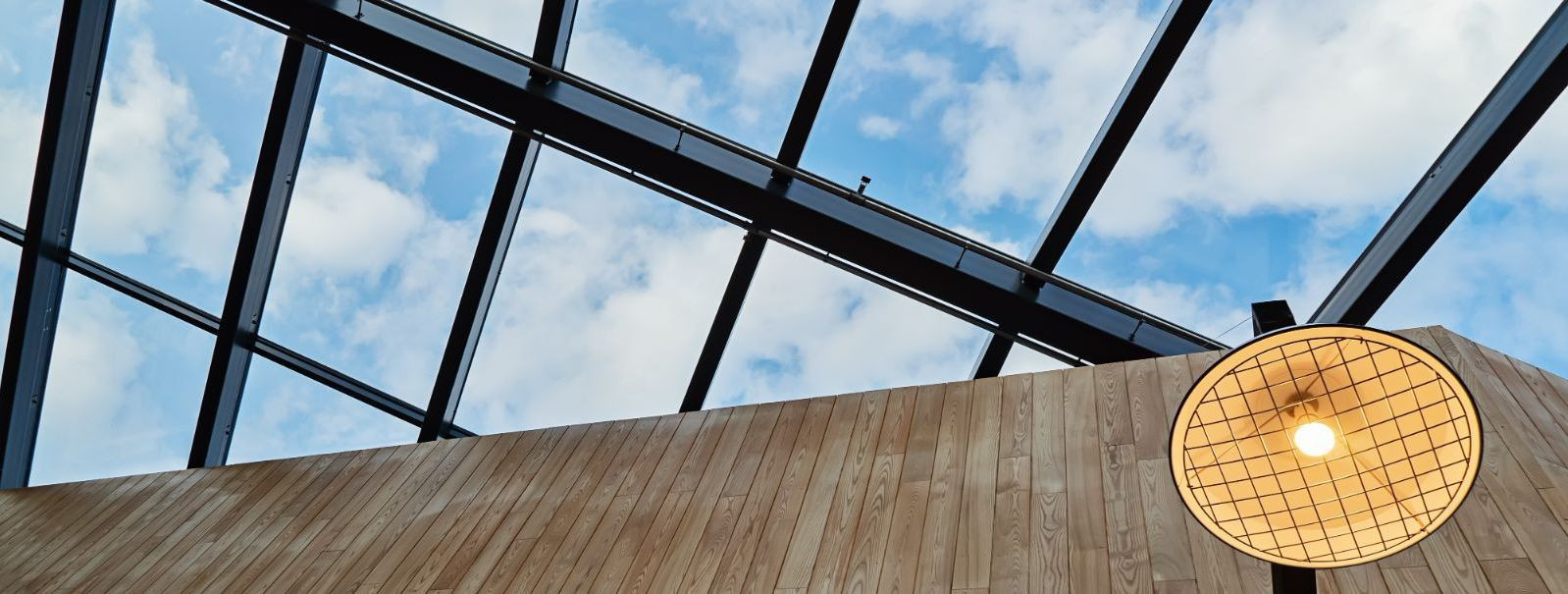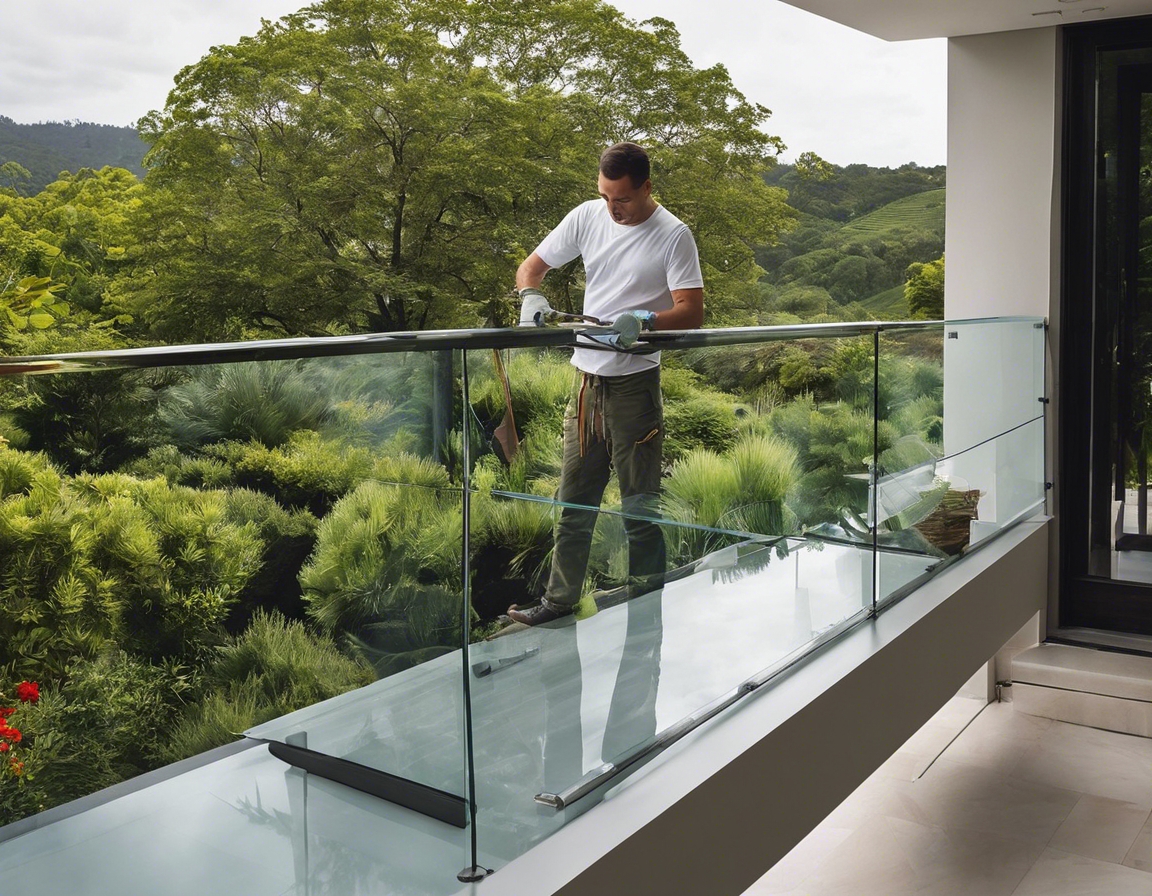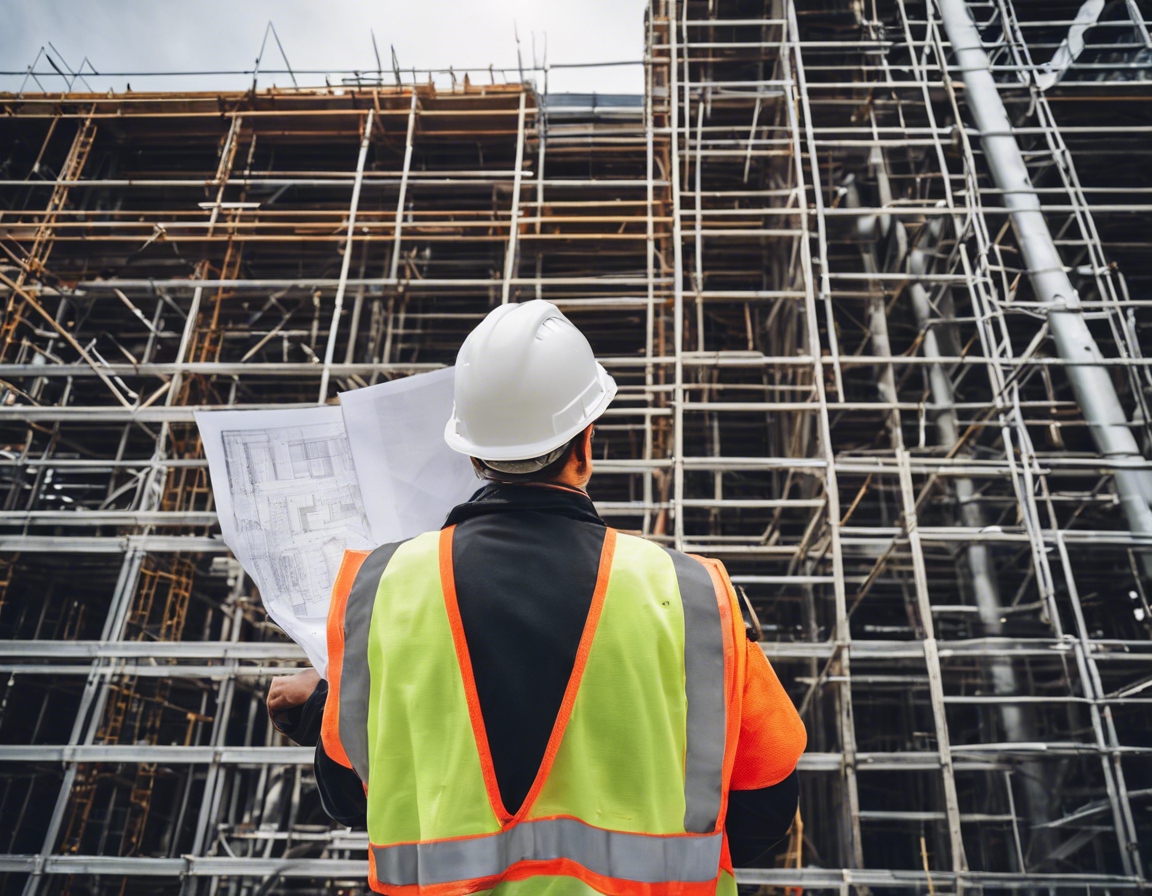Transforming spaces: the beauty of glass canopies
Glass canopies are architectural features that serve both functional and aesthetic purposes. They are constructed using glass panels supported by a framework of metal or other materials, creating a sheltered area without obstructing natural light. These structures are significant for their ability to transform both commercial and residential spaces, offering a modern touch and a sense of openness.
The beauty of glass canopies lies in their sleek, transparent design which seamlessly integrates with various architectural styles. They provide an elegant solution for enhancing the visual appeal of buildings, creating inviting entrances, and connecting indoor and outdoor spaces.
The Functional Benefits of Glass Canopies
One of the primary advantages of glass canopies is their ability to allow natural light to permeate the space below, reducing the need for artificial lighting and contributing to energy savings. The strategic use of glass can also help in regulating indoor temperatures, further enhancing energy efficiency.
Glass canopies offer protection from the elements, shielding people and property from rain, snow, and sun. High-quality glass and robust framing materials ensure longevity and resistance to harsh weather conditions.
These structures are not only functional but also add value to a property by enhancing usable outdoor space. Glass canopies can be designed to fit various spaces, from residential patios to expansive commercial entrances, making them a versatile choice for any project.
Design Considerations for Glass Canopies
When designing a glass canopy, it is crucial to consider how it will integrate with the existing architecture. The design should complement the building's style and structural elements to create a cohesive look.
Choosing the right materials for a glass canopy is essential for both aesthetics and safety. Tempered or laminated glass is often recommended for its strength and shatter-resistant properties, ensuring the safety of those below.
With advancements in technology, glass canopies can be customized to meet specific design requirements. Options include various glass tints, patterns, and even photovoltaic cells to generate solar power, allowing for creative and functional designs.
Installation and Maintenance
Proper installation of a glass canopy is vital to ensure its performance and safety. It is recommended to work with professionals who have experience in handling and installing architectural glass structures.
Maintaining a glass canopy is relatively straightforward. Regular cleaning to remove dirt and debris, along with periodic inspections of the structural components, will help in preserving its beauty and functionality over time.
Environmental Impact and Sustainability
Glass is a sustainable material that can be recycled repeatedly without losing quality. Using glass canopies contributes to the eco-friendliness of a building project.
Integrating glass canopies into building designs can aid in achieving green building certifications, such as LEED, by improving energy efficiency and utilizing sustainable materials.






Comments (0)